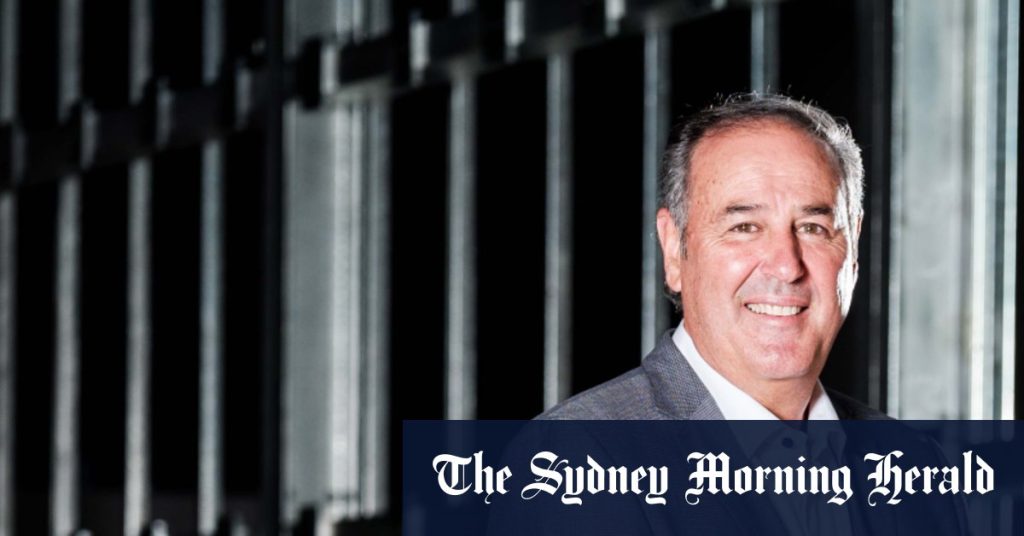The New South Wales Environment Protection Authority (EPA) has charged Greenlife Resource Recovery, a recycling facility located in Bringelly, and its director, Arnold Vitocco, with offenses related to asbestos contamination found in mulch products across Sydney. While the EPA alleges that Greenlife failed to conduct its operations competently, leading to the contamination, the company vehemently denies these accusations and asserts its commitment to environmental responsibility. Vitocco faces executive liability charges. Neither Domenic Vitocco, director of Freescale, nor Adrian Runko, director of Runkorp, are facing charges in this matter. It’s important to note that these individuals and their companies are separate entities from Greenlife Resource Recovery and its director, Arnold Vitocco.
Arnold Vitocco is a prominent figure in the Sydney business community, known for his involvement in developing Narellan Town Centre and his significant land holdings in the Bringelly area. His ambitious plans include a large-scale housing development. Vitocco also expanded his business portfolio with the acquisition of the Australian branch of the Max Brenner chocolate chain in 2019. These business dealings are separate from the charges he currently faces regarding the alleged asbestos contamination.
Greenlife Resource Recovery maintains its innocence and intends to vigorously defend itself against the charges. The company emphasizes that the EPA has not found any asbestos contamination at its Bringelly site, despite previous testing. Greenlife maintains that its operations adhere to strict protocols to prevent contamination. They do not accept demolition waste, and all products are inspected before leaving the facility. The company argues that the complexity of the supply chain could allow contamination to occur elsewhere, suggesting a scenario where clean materials delivered to a remediated site might get mixed with existing asbestos-containing materials.
The investigation into the asbestos contamination involved a comprehensive approach, including tracking truck movements and using weighbridge data to monitor the transport of mulch and other materials throughout Sydney. This meticulous process aimed to determine the origin and distribution of the contaminated materials. Environment Minister Penny Sharpe commended the investigators and confirmed the involvement of staff from other government departments to assist in the complex case. While unable to comment on the specifics, Minister Sharpe reiterated the government’s commitment to public safety and highlighted the illegality of asbestos in mulch. The Minns Labor Government’s doubling of penalties for environmental crimes underscores this commitment.
Although the discovered asbestos posed a minimal health risk due to its bonded, non-friable nature (meaning it’s not easily inhaled), the potential hazard led to the closure of numerous public spaces, including parks, schools, and playgrounds, across Sydney. Major events, such as the Mardi Gras Fair Day in Victoria Park, were also canceled as a precautionary measure. The widespread impact of the contamination, even with the low health risk, highlights the serious consequences of environmental breaches.
The legal proceedings surrounding this case will continue with a directions hearing scheduled at the NSW Land and Environment Court. This hearing will likely outline the next steps in the legal process, set timelines for evidence submission, and potentially discuss other procedural matters. The outcome of this case will have significant implications for Greenlife Resource Recovery, Arnold Vitocco, and the broader waste management industry in NSW. The court’s decision will determine the validity of the charges and, if found guilty, the appropriate penalties.

